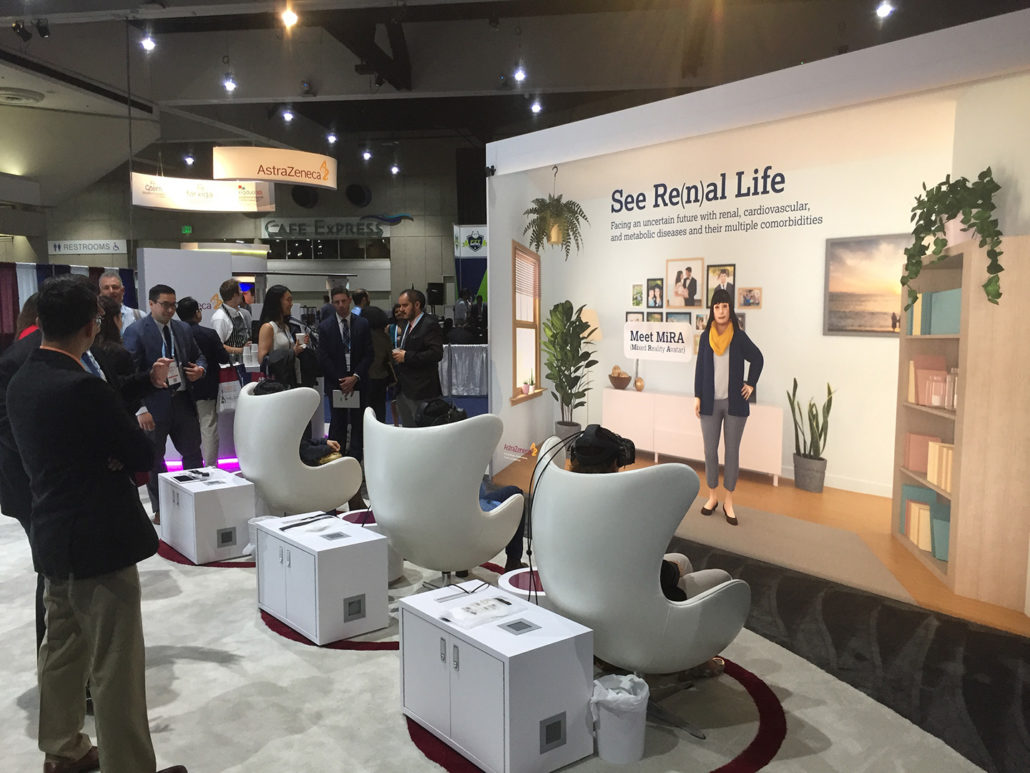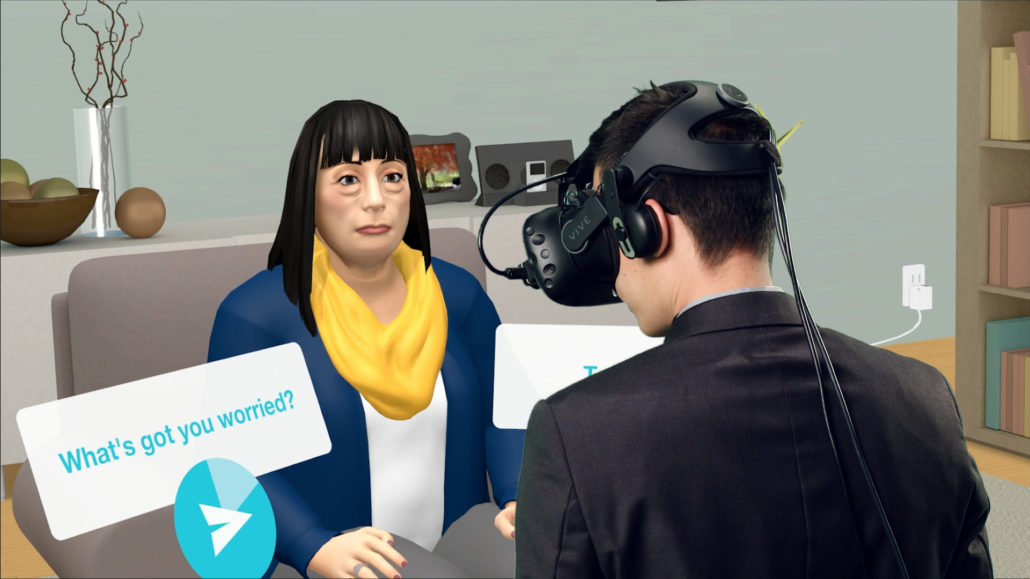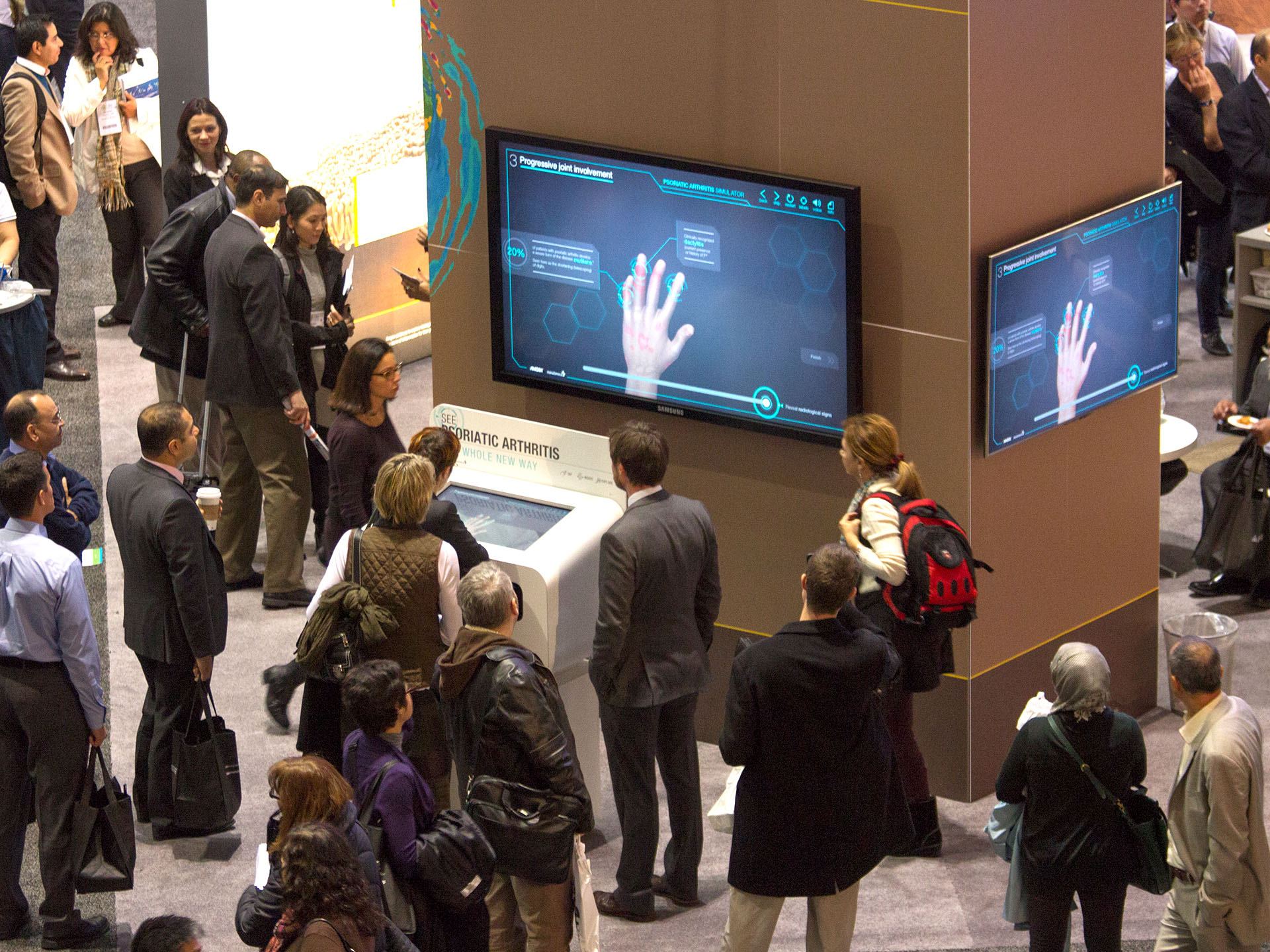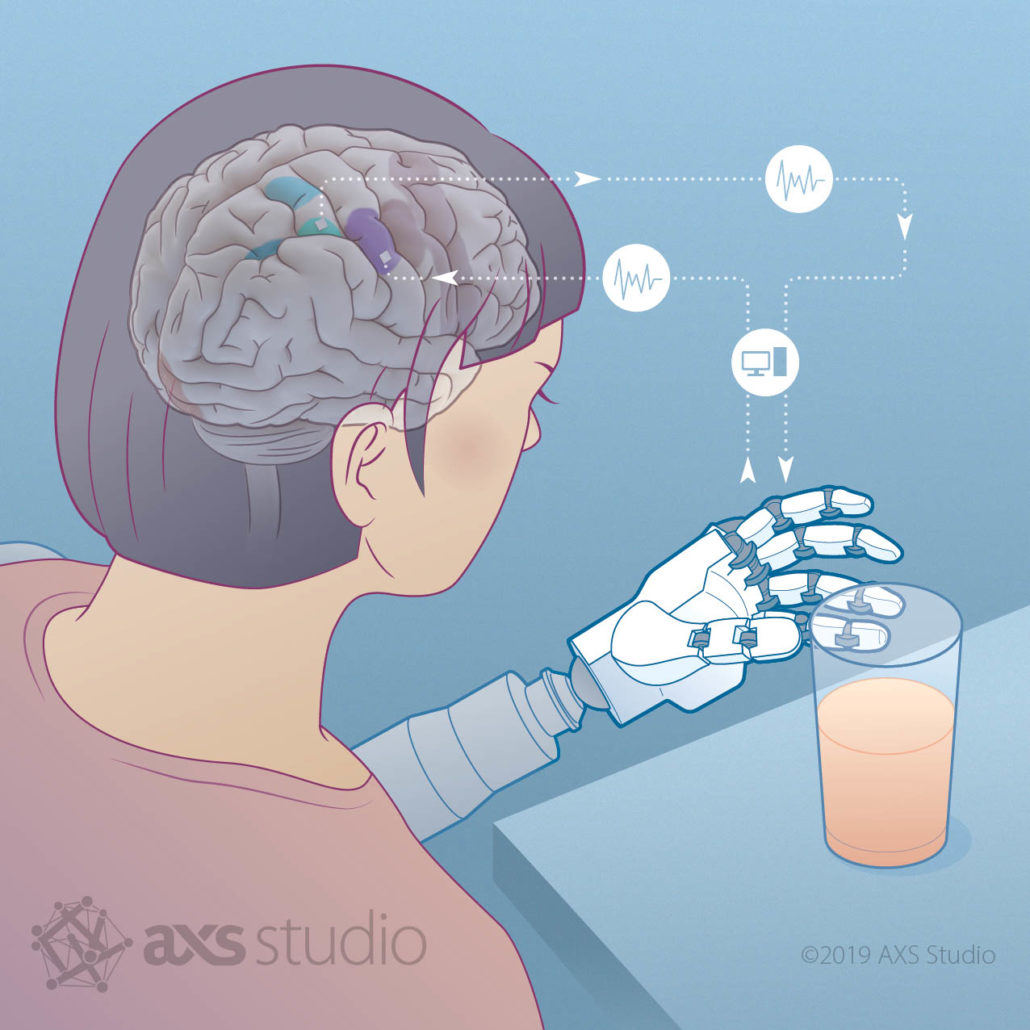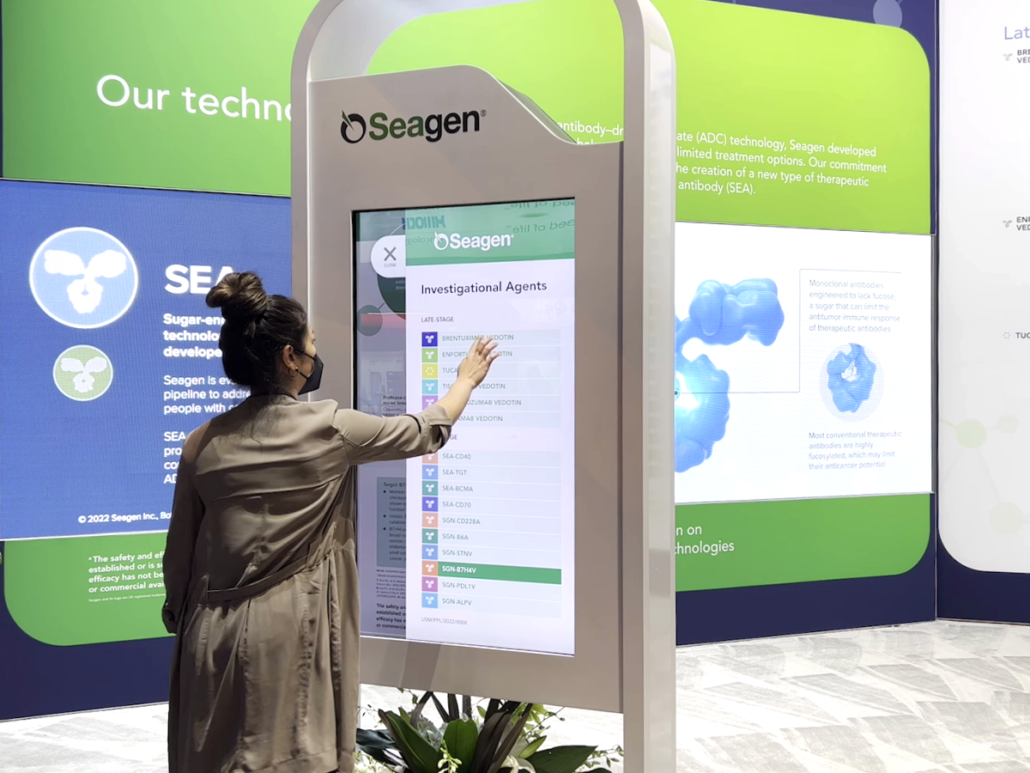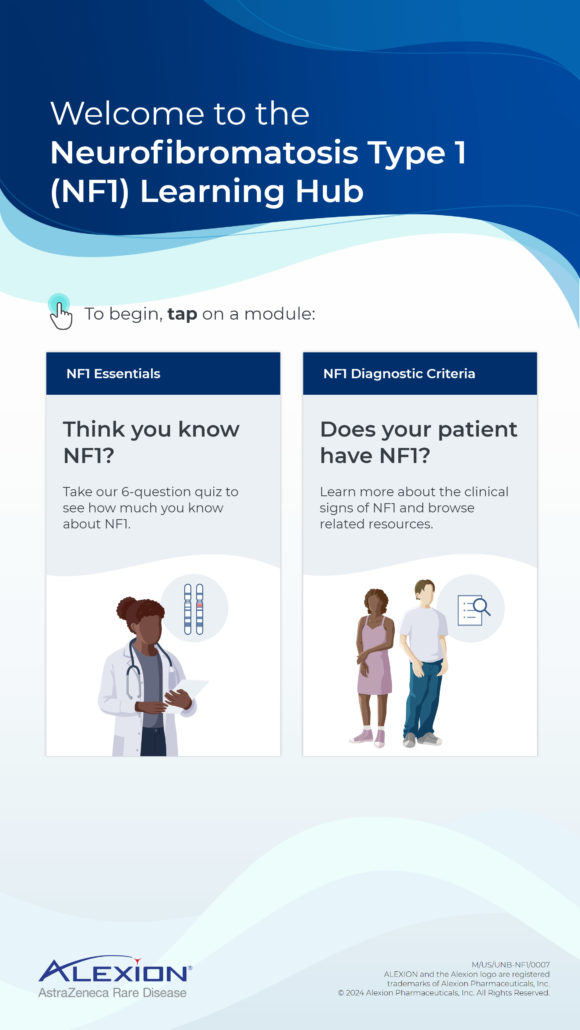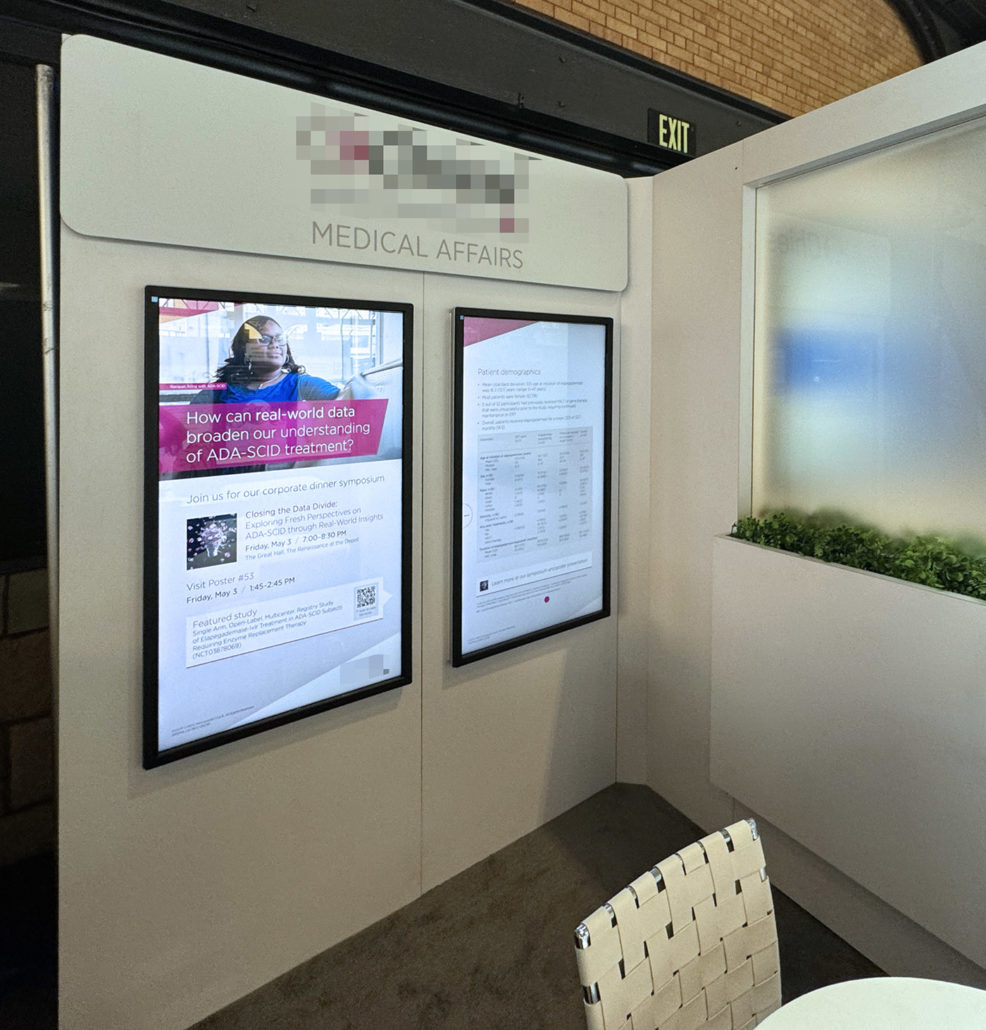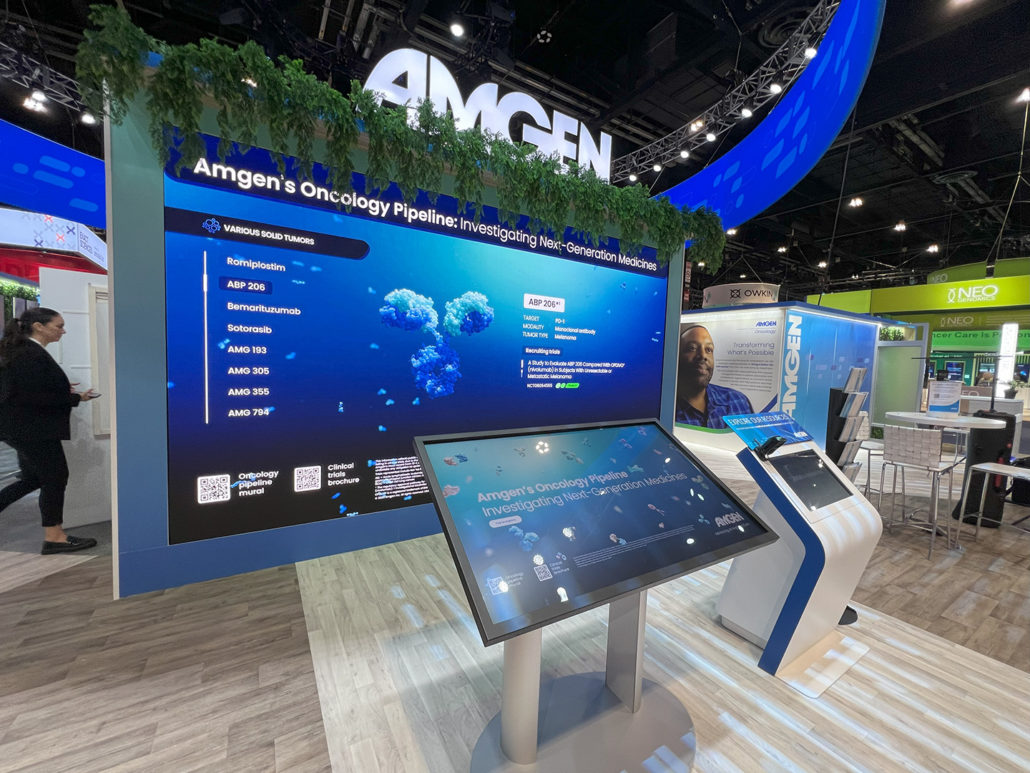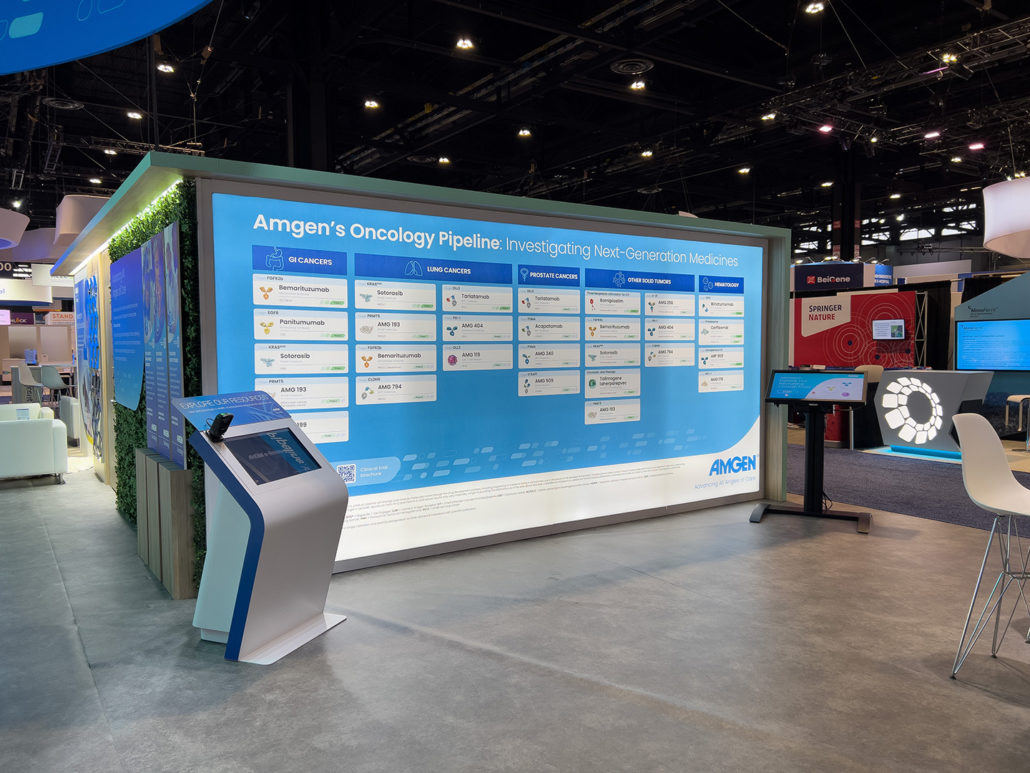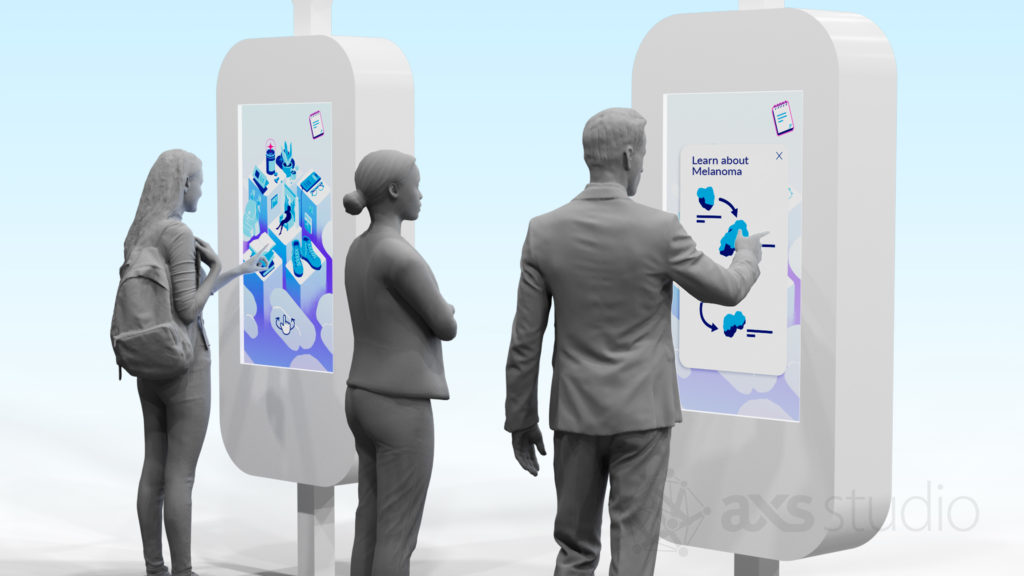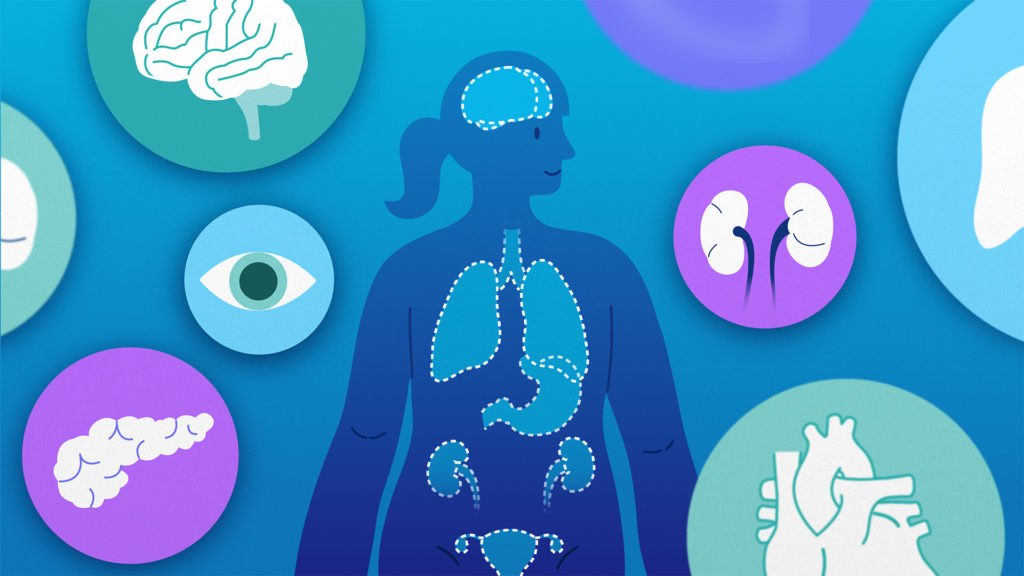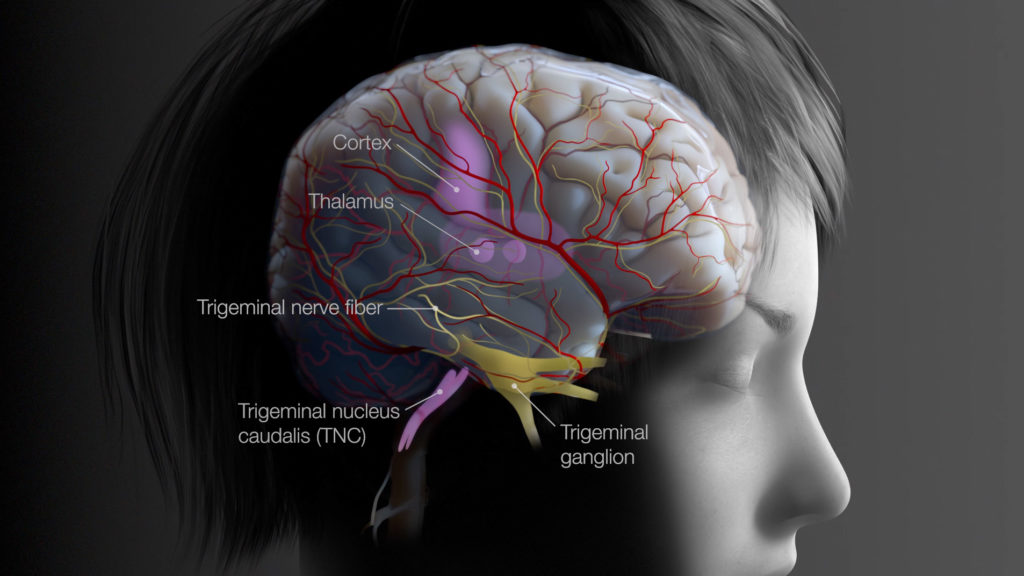We asked our multidisciplinary team of designers, developers, content experts, and account leads what made their list of emerging interactive trends for 2025. Not surprisingly, it included data visualization and interactive infographics trends, along with some emerging trends in software. Here is some of what we’re looking forward to:
1. Extended reality
The Trend: Extended reality (XR) is an umbrella term that includes augmented reality (AR), mixed reality (MR), and virtual reality (VR). Through XR, users are immersed in a virtual or augmented environment.
XR’s role in entertainment, retail marketing, and workplace training is well-established and its reach continues to grow rapidly. In healthcare, XR is an emerging trend in software that is being used in therapeutic settings. Examples include helping pediatric patients with pre-operative anxiety, managing pain for palliative care patients, and even assisting surgeons with intraoperative navigation.
How will it be used: Extended reality continues to be a fixture of exhibit booths at medical conferences. For 2025, expect some new twists such as pairing XR with the latest interface technology for more comfortable and intuitive navigation.
Mixed reality (MR) is a powerful booth draw at medical congresses, enabling attendees to experience a blend of live and virtual content.
In this MR experience, HCPs and patient advocates meet a virtual patient with cardiorenal syndrome. The experience combined live video with virtual reality (VR) to blend the real and digital worlds – appearing as if the mural of a patient in her living room is brought to life. Data visualization was used to share her medical information with participants.
2. Leveraging artificial intelligence for personalized experiences
The Trend: There has been a recent explosion in the number of artificial intelligence (AI) tools available and related emerging trends in software, such as low-code or no-code AI assistants and platforms. AI is reimagining the tools and workflows used to create interactive experiences. But more than that. AI is transforming how we think about interactivity, and what we expect from interactive experiences. Users continue to trend towards curated information and personalized experiences and we see this influencing interactive medical communications in 2025
How will it be used: Expect to see AI assistants that call up medical and scientific information on-demand, AI avatars as congress booth hosts or guides to lead attendees through complex content, or immersive interactives that react to individual user preferences and input. As AI integration into interactive experiences becomes more commonplace, best practices that ensure transparency and accountability whenever AI is used will also need to evolve in lockstep.
AXS designed an L-shaped screen configuration with custom interactive video to simulate a candid conversation with a patient about the impact of their disease on their day-to-day life. We’re excited to see how AI avatars and other emerging trends in software like advanced chat features might add further interest to this type of experience.
3. Advances in interface technologies
The Trend: Incorporating new interfaces has endured as a popular way to attract booth visitors at medical congress booths. Attendees get to try out novel technologies while they learn about the latest medical and scientific advancements.
How will it be used: We see this trend continuing into 2025, with both new interface technologies and “remixes” where existing tech is used in a new and interesting way.
For example, gesture technology debuted in the 1980s, but it continues to evolve and generate excitement with new audiences. At this year’s Consumer Electronics Show (CES), gesture tech was back in a big way, with wearables such as bracelets and rings paired with smart glasses.
A gesture-based AR experience draws a crowd at the exhibit floor of a medical conference.
No list of advances in interface tech would be complete without mentioning the ultimate interface: controlling a computer with one’s mind. It seems like the stuff of science fiction, but brain-computer interfaces (BCIs) not only exist, they are currently in use in healthcare. The most advanced BCIs for medical use require a surgical implant (see this inspiring example of a BCI developed to restore speech, or this feature on a brain-machine interface (BMI) developed to operate a robotic arm, with an illustration by AXS).
Outside of medical applications, consumer-grade non-invasive brain-computer interfaces are readily available for everyday applications such as wellness, productivity, education, and entertainment. These devices use surface sensors to pick up the electrical signals produced by the brain, similar to an electroencephalogram (EEG). We can imagine the excitement around using non-invasive BCIs or EEG-powered devices to interface with content at a medical congress. Imagine influencing images on a screen by simply relaxing or focusing your mind!
Advanced implanted brain-machine interfaces (as seen above) or brain-computer interfaces have the potential to improve the lives of patients who have lost limbs, speech and other functions. Non-invasive consumer-level BCIs are now readily available.
4. On-demand learning
The Trend: Whether virtual or in-person, medical congresses attract attendees with diverse motivations for congress attendance. Some might be more interested in improving clinical skills, while others want to learn about the latest scientific advancements. Recognizing this, booth organizers are interested in interactives that offer a variety of on-demand learning activities that are effective for physical booths of any size, as well as online. A tall order!
How will it be used: Digital congress hubs are interactive menus that allow users to choose from a range of activities, information, and learning topics, ensuring there is something for everyone. For in-person settings with larger screens, a congress hub can be used self-serve, or provide a focal point for group conversation with a booth representative. Online, congress hubs extend learning opportunities beyond the conference and extend the lifespan and use of congress materials.
Touchscreens are an essential part of the medical conference exhibit booth. Utilizing screens as a congress hub with a menu of activities and information ensures there is something for everyone entering the booth. Information can be served bite-sized using data visualization and interactive infographics trends or as a deeper dive using QR codes to share publications and study information.
5. Increasing the impact of small booth spaces
The Trend: While exhibit booths of any size can have their challenges, smaller booth spaces arguably need to work even harder to attract interest and attendees. Interactive infographics visualizing clinical study datascreens have emerged as an effective way to maximize the potential of small-footprint exhibit space.
How will it be used: For 2025 medical and scientific communications, expect to see simple yet beautiful touchscreen interactives that make use of vertical space in smaller booths. Using data visualization and interactive infographics trends, these interactives can promote awareness of clinical trial data and post-marketing study insights. Users can explore at their own pace, or in conversation with booth staff. Rather than having printed collateral on site, QR codes link attendees to supplementary take-away resources and splash screens can inform users of related congress activities such as poster presentations, symposia, or other events.
Small footprint, big impact. We maximized the impact of this small medical affairs booth with interactive ePanels providing concise clinical study information to visitors.
6. Sustainability
The Trend: One of the biggest shifts in the tradeshow industry has been the embrace of circularity. Congresses generate large amounts of waste. Reusing materials and implementing practices that boost sustainability is good for the environment and good for business. Digital interactive infographics continue to play a role in helping congress booths be more sustainable.
How will it be used: We expect to see fewer congress-specific booth murals. These have to be reprinted for different locations, and in the case of pipeline infographics, reprinted for late-breaking updates. Interactive infographics can be designed to fit screens and budgets both big and small, and can efficiently accommodate updates. Similarly, collateral material would no longer have to be printed, stored, and shipped. Once digitized, materials can be made available online, accessible with a quick scan of a QR code
One of the emerging software trends we see applying to medical congress booths is the use of game engines to create animated murals that are also interactive. Interactivity enables information to be revealed on demand, allowing for clean, attractive designs. And employing interactive infographics keeps the data visualization fresh.
An animation pipeline display accompanied by interactive touchscreen kiosks. Interactive infographics trends involving data visualization were employed to present information in engaging ways.
An animated pipeline LED wall accompanied by an interactive touchscreen version on a smaller kiosk.
7. Authentic connections
The Trend: “Authenticity” has been a bit of a marketing buzzword for a while now. But the concept goes far beyond building brands and followers. In medical education, studies recognize that authentic experiences are essential for effective clinical training of medical students and residents. Striving to be sincere, empathic, and open to self-improvement as a physician contributes greatly to building trusted patient-healthcare provider relationships. With such a professional focus on authenticity, it’s not a surprise that interactive experiences that connect abstract concepts to real and lived human experiences continue to be popular.
How will it be used:
We expect to see interactives that highlight real-world data, patient stories, and peer insights in interesting ways. We can imagine the following concepts which emerging trends in software are making this increasingly viable.:
- An interactive real-world data visualization where users uncover valuable insights from a post-market study
- A simulated one-on-one conversation with a patient or caregiver, to understand the impact of disease or adherence challenges.
- A “pulse of the profession” interactive that uses simple quizzes, surveys, and polls to create informative user-generated insights. The results can be displayed as a data visualization and/or interactive infographic on congress booth screens and online.


